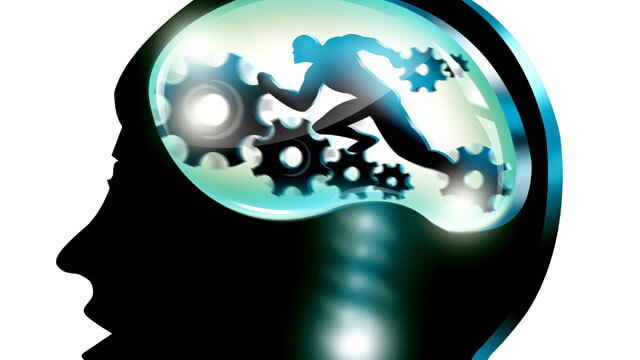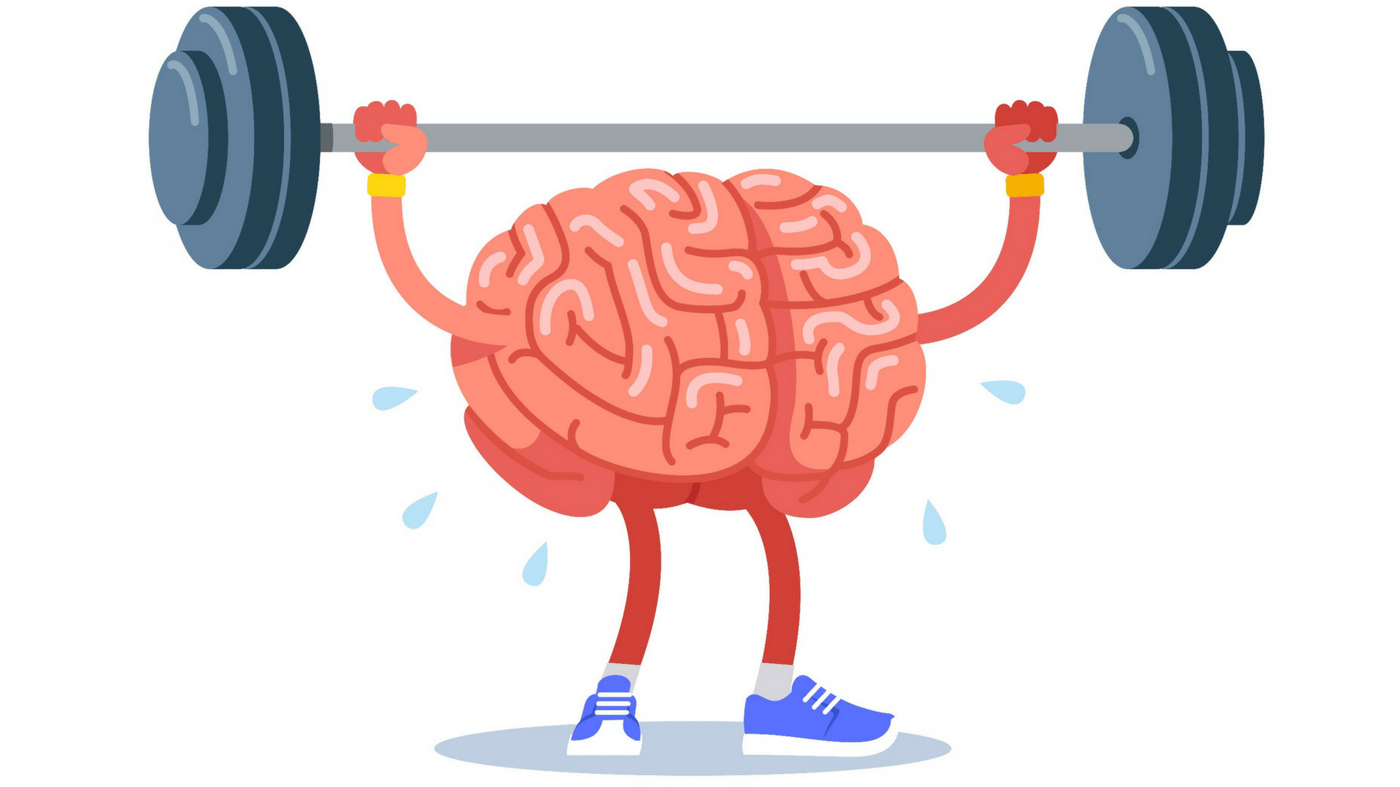Round #2 of research: How are sports connected to our brain activity?
- People who engage in exercise regularly tend to have a healthier brain than those who don’t. (Danan, 2022)
- Increases blood flow to the brain.
- This improves the focus of the brain and attention to detail.
- According to a study at Northwestern University, sports “tune” people’s brain to improve their understanding of the environment around them. (Danan, 2022)
- The study proves that many athletes have the ability to cancel out direct noises.
- Such the roar of the crowd
- Staying on task, while blocking out all excess noise.
- This increases their mental focus and toughness
- The study proves that many athletes have the ability to cancel out direct noises.
- Higher perception in any environment, especially while maintaining physical activity. (Danan, 2022)
- The brain creates more electrical impulses, which increases the awareness and focus of individual
- Good athletes display enhanced levels of perception and awareness.
- The brain creates more electrical impulses, which increases the awareness and focus of individual
- Research shows that those who have neurological conditions such as ADHD, when engaged in physical activity, these conditions calm down. (Danan, 2022)
- The physical activity calms the brain neurons from constantly setting off signals.
- Proper exercise helps keep them calm, focused and engaged.
- Sports maintain the calmness and focus of the brain on what they are doing momentarily which allows them to tune everything out momentarily. (Danan, 2022)
- This releases hormones that eliminate stress and negative feelings.
- Exercise allows the brain’s perspective to change. (Danan, 2022)
- This can help boost an individual’s mental state
- If they are struggling with depression or anxiety, physical activity will help change the brains thoughts allowing a break, which improves the overall thoughts.
- This can help boost an individual’s mental state
- A research found that sports and daily physical activity is protective against neurological diseases, dementia and other sicknesses. (Danan, 2022)
- Athletes process information and situations quicker and better than others. (Curley, 2019)
- A study found that athletes are presented with a lot of stimuli and information which forces their brain to prioritize and process information quicker.
- Athletes brain has much faster neurons, and connections.
- Contact sports have negative impacts towards the brain as well. (Curley, 2019)
- Head injuries can disrupt the auditory processing of individuals.
- Much quicker muscle reflexes than other individuals. (Sánchez, 2022)
- Neurons and their release of neurotransmitters which sends an electrical signal to the muscles to contract and move.
- People who train often have a much higher neuron rate and movement compared to others.
- Increased BDNF (brain-derived neurotrophic factors) (Sánchez, 2022)
- Constant physical training strengthens brain cells and increases production of new ones.
- Through consistent physical exercise, increased hormones are generated which regulates your growth and development. (Sánchez, 2022)
- Increases the body’s chemical messengers.
- Sends signals into the bloodstream and tissue.
- Improves metabolism and mood
- Daily exercise for a minimum of 50 minutes increases brain plasticity. (Don, 2018)
- Neuroplasticity, as known as brain plasticity, is how the nervous system changes the activity from intrinsic to extrinsic.
- Although contact sports can lead to serious brain injuries. (Owens, 2020)
- Repeated brain injuries can lead to killing brain cells which slowly causes the brain to shrink.
- Contact players, those who play very aggressive sports, have more “free radicals”. (Owens, 2020)
- Free radicals are unstable molecules that damage cells in the blood.
- This causes less nitric oxide in the blood which ruins blood flow.
- If too much harmful physical contact towards the brain, a condition known as cerebrovascular impairment can occur. (Owens, 2020)
- This can change the individual’s entire thought process and memory.
- The idea formulation, concentration, memory will all deteriorate. (Owens, 2020)
- Increases the chances of dementia
- This can change the individual’s entire thought process and memory.
- Head injuries disrupt the auditory process in the brain. (St. Micheal’s Hospital, 2017)
- The peripheral structures and auditory cortex can deteriorate and don’t work as efficiently.
- Athletes with higher levels of physical contact sports showed reduced signs of communication. (St. Micheal’s Hospital, 2017)
- A according to wide research study, specific brain areas showed reduced signs of activity and communication
- Areas involving vision and motor functions.
- A according to wide research study, specific brain areas showed reduced signs of activity and communication
- Physical activity promotes growth between different regions of the brain. (St. Micheal’s Hospital, 2017)
- Many of the cortical areas in the brain build stronger connections.
- Based on research from UCLA exercise demonstrated increased growth factors to grow neuronal connections.
- A study proved that the hippocampus, an area in the brain, showed increased strength and cell growth. (St. Micheal’s Hospital, 2017)
- A study in Stockholm showed that daily exercise caused a cell proliferation in the hippocampus, which is responsible for the learning and memory.
- This can lead to improved mechanisms against depression.
- A study in Stockholm showed that daily exercise caused a cell proliferation in the hippocampus, which is responsible for the learning and memory.
- Exercise increases nutrients sent towards the brain. (McGregor, 2022)
-
- Exercise creates higher blood flow which helps the brain improve its requirements.
- Competitive athletes have increased molecular targets. (McGregor, 2022)
- Molecular targets mediate the learning, memory, and storage part of the brain.
- This makes absorbing information much easier for athletes.
- Exercise stimulates the release of endorphins. (Vatican, 2019)
- These endorphins which are sent to the opiate receptors of the brain, help calm the individual’s emotions and feels for the time.


References:
Curley, C. (2019, December 10). Playing sports makes your brain more efficient. Healthline. Retrieved December 14, 2022, from https://www.healthline.com/health-news/playing-sports-makes-brain-more-healthy#The-elephant-in-the-room
Danan, I. (2022, June 13). Can playing sports/physical activity lead to a healthier brain? Cedars-Sinai Kerlan-Jobe Institute. Retrieved December 15, 2022, from https://kerlanjobe.org/can-playing-sports-physical-activity-lead-to-a-healthier-brain/
Don, K. (2018, December 26). How exercise affects your brain. Scientific American. Retrieved December 14, 2022, from https://www.scientificamerican.com/article/how-exercise-affects-your-brain/
McGregor, G. (2022, January 28). How exercise affects the brain. Life Sciences. Retrieved December 14, 2022, from https://lifesciences.byu.edu/how-exercise-affects-your-brain
Owens, T., Marley, C., & Bailey, D. (2020, October 25). A common side effect of sports could drastically alter the brain. Inverse. Retrieved December 14, 2022, from https://www.inverse.com/science/a-common-side-effect-of-sports-ruby-how-it-affects-the-brain
St. Michael’s Hospital. (2017, August 22). Contact in sports may lead to differences in the brains of young, Healthy Athletes. ScienceDaily. Retrieved December 14, 2022, from https://www.sciencedaily.com/releases/2017/08/170822092215.htm
Sánchez, R. R. (2022, October 25). How the brain reacts when we do sports – Vitruve: Velocity-based training. Vitruve. Retrieved December 14, 2022, from https://vitruve.fit/blog/how-the-brain-reacts-when-we-do-sports/
Vatican, J. (2019, December 19). Playing sports does this to your brain. Medical Daily. Retrieved December 14, 2022, from https://www.medicaldaily.com/playing-sports-does-brain-447313
Summary:
Exercise and sports have many benefits towards the brain. As it not only helps improve the efficiency and growth of the brain, but prevents future brain diseases. Studies show that athletes have higher brain plasticity and faster neurotransmitters. Although contact sports have shown negative signs of brain activity. Such that lowers blood flow towards the brain and causes disabilities to certain parts of the brain. Overall, sports have many positive affects towards the brain and help improves many different aspects, yet a few negatives can be caused with more aggressive sports.



Hey Maika! This post is super interesting! For many years now, I’ve wondered about the effects that contact sports had on players, particularly sports like American Football. Veteran NFL players are notorious for acting strangely and erratically, which has led to better education on CTE and other brain conditions caused by repeated contact. However, I never knew that your brain actually shrinks when you experience it. While there are many pros to sport, such as a strong sense of community and even creative thinking, I believe that more research needs to be done if we want to keep athletes safe in the long term.
Some resources you may find useful are:
https://www.cbsnews.com/pictures/nfl-football-players-with-cte/5/
https://www.mayoclinic.org/diseases-conditions/chronic-traumatic-encephalopathy/symptoms-causes/syc-20370921#:~:text=Chronic%20traumatic%20encephalopathy%20(CTE)%20is,is%20not%20yet%20well%20understood.
https://orthoinfo.aaos.org/en/staying-healthy/a-guide-to-safety-for-young-athletes/